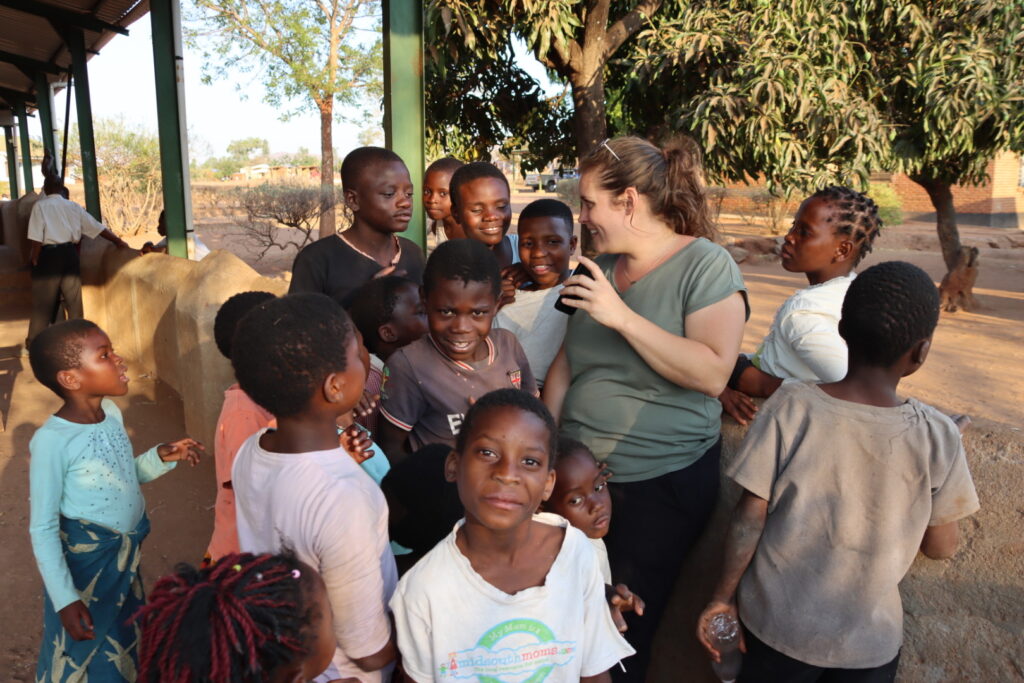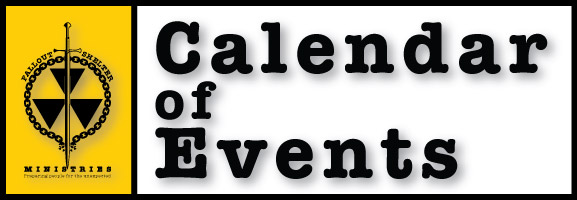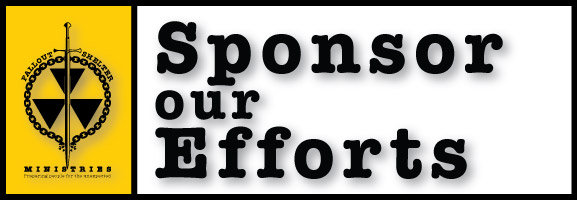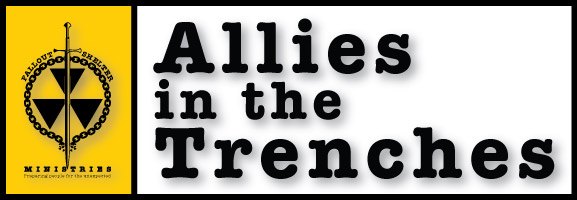
14,000 miles-ish – A mission update from Malawi
We departed South Dakota Monday, September 12 at 6:30 PM, drove to Minneapolis, MN where we slept at our daughter Sierra’s home until 3:30 AM, departed Minneapolis at 6:00 AM for Chicago, IL, departed Chicago at 10:00 AM on Tuesday, flew through the night and arrived at Addis Ababa, Ethiopia at 8:00 AM Wednesday, had a 50minute layover, then another 6-hour flight (with a short stop in Zambia) to Blantyre, Malawi. We had a short stay and a hard sleep at a friend of a friend’s home, then rode four more hours in a hot car and finally arriving at Aguba village, Malawi.
In Aguba we were blessed to have arrived at the end of the YWAM School of Sustainable Development. We were welcomed as family, met a lot of neat folks from around Africa and one from Costa Rica. The course is instructed by Heidi and Jill who are from the Heredia YWAM base in Costa Rica. We met Jill and Heidi in February, in Costa Rica, where we worked together and poured a basketball court of hand mixed concrete, along with a great group of folks from SD.
- It was a short four day connection that resulted in inspiration from the Holy Spirit, and help from a whole bunch of people who funded a big trip that took us half way around the world. A trip into the Southern Hemisphere, into a village that did not have a power grid – all the electricity was solar – and the only running water was from a 300 gallon tank filled by a solar powered pump, on the hill. The amenities are spartan, but the people are pretty amazing.
In the evening we climbed up Extending Hope hill, a huge granite outcropping jutting out of the African plains. From there, you could here the village life without interfering. We watched dancers, saw goats being herded, gardens being planted and cared for, fires burning fields off, and dust. We had arrived on the end of the dry season. Everywhere we went north of Blantyre was brown, burnt, only the trees had green on them. The patches of grass that remained were dry and very sought after by the roaming goats. Anything else that was green – mostly the gardens, had to be watered daily. The extending hope garden had water from the tank on the hill, and was watered daily, which resulted in the water supply for flushing toilets, showers and use at the clinic being depleted, and it took several hours for the pump to resupply the water. On occasion water was carried from the bore hole well to supply needs of drinking, cleaning and cooking.
We were able to train the students on Friday, teaching them self defense skills, talking about how they were created in the image of God, why we believed they are priceless and worthy of protection. We participated in worship with the team, we ate together, did the work we were allowed to, talked with and did our best to encourage these new missionaries, and enjoyed being part of the body of Christ together.
Beret and I walked through a part of the village with my camera in hand, and met lots of kids and adults. I asked many if I could take a picture of them, and showed each image to them. Nearly everyone was thrilled to be asked and most stood up tall, with noble bearing. Some of the teens gave us some ‘cool’ hip-hop poses. One young man asked what I was going to do with the pictures. I told him – truthfully – that I would share stories of Africa, showing how people lived in Malawi, telling stories about the beautiful people, and encouraging people to support ministries and to travel to Africa.
We were able to take a short adventure over Saturday evening, going to a national park and riding a boat tour, seeing elephants, crocodiles, hippos, and all kinds of antelopes. Tom, our pilot, was not afraid of getting right next to the animals. I think I could have vaulted onto one of the elephants with little difficulty as we were perched on the top of a pretty tippy underpowered boat.
That evening we stayed right inside the park in what could be considered a screen porch. During the night we were awakened by elephants who were within steps of the cabin. I recorded them breathing but could not see them, and chose not to turn on my flashlight (torch in the local lingo) as I didn’t want to irritate an elephant when it was nylon screen and woven grass walls separating us. In the morning we found their tracks just 3 steps from the window. We went on a 6:00 AM driving tour with pilot Tom, in a convertible bus, with steel framed seats and thin pads, at high speed down some of the roughest trails you could imagine. Much of the time it was more comfortable to stand and manage the bumps without damage to the spine and rear. We saw elephants, tons of gazelle, water bucks, and assorted other antelope breeds. We saw a lion, after being stuck in a ravine when Tom dared to go where the Land Rover Defender did not. It’s the first time I have helped push out a vehicle when there was something big enough to eat us was within a couple hundred yards.
After completing our tour, we returned to the camp and ate breakfast. We planned to head back to Aguba village and went to pack up. Heidi and Jills cabin, however, had been ransacked by monkeys. It was a disaster of fecal matter and stolen snacks. After a short stand off with the monkeys who remained in the cabin, the ladies recovered and cleaned their things, we departed the park. We arrived back in Aguba in time for the SSD students to help me with some worship and gospel readings that we transmitted live to Lake Preston UCC, as it was my Sunday to preach.
The SSD students were amazing, they had come from all over Africa, some had families, some were refugees, some had Godly upbringings, some had not. All were Christians with a desire to make an impact in the world and in their communities, teaching sustainable practices like Farming God’s Way, composting, fertilizing crops, making briquets for cooking instead of burning firewood, making rocket stoves and dome ovens, and being good stewards of God’s beautiful world . Monday morning we were able to share in a beautiful ending worship with the students. Heidi and Jill are excellent at loving and making disciples for Christ. We said our goodbyes, practiced a couple of SPEAR techniques, and got in the car for a long drive back to Blantyre.
I wish that I could convey to you what it is like in a village without electricity, without running water, sewer, or things that much of the world considers common place. Like grocery stores, refrigerators, good houses that don’t let the malaria ridden mosquitoes in, roads that don’t rupture your tires, fuel services where you don’t have to sit in line for hours for a few liters of diesel fuel, or a million other things that we tend to take as ‘can’t live withouts’.
Back in Blantyre, we began a good week of training. Nothing moves terribly fast in Africa, except the mosquitoes. So we spent a lot of time traveling, even just across town. The minimum drive was more than an hour. Traffic was heavy quite often, people on foot and bicycle were everywhere, even far from a town. It surprises me how many people are on the sides of the road without more accidents or pedestrians run over.
On Tuesday, September 20 we taught and trained at “Brothers in Arms” this is a place that has multiple ministries, but was founded on the rescue of boys who were living in the streets. Many of the boys had been kicked out of their homes and abandoned. Kind of like an extreme time out. We learned that through the programming some of the boys had been able to reconcile with their families and returned home. Our friend Matt who we met in February 2022 in Costa Rica was their helping them with their gardening operation and set up. The facility is very new, and Founders Assanti and Angel were doing well developing it. Assanti had coordinated the week for us and accompanied us on all the trips.
At Brothers in Arms we trained many staff and volunteers, as well as invited members of the community. We were able to train around 50 people including the local tribal chieftains wife, (who carried his authority, and was definitely a noble woman), many volunteers and some of the rescued boys. This training was half lecture, half physical. We worked outside in the courtyard, on a rough dirt surface. The physical training went well, and the lecture was well received with some good questions.
We broke for lunch and continued to Aquaid Lifeline near Ta Kapeni, a NGO that feeds, schools and houses people, many with physical or mental disabilities, people who are not wanted or cared for elsewhere. If memory serves, they house around 250, school over 500 and feed 2500 a day. The facility was impressive, well staffed and welcoming. We trained in the shade of a large wall-less building, training more than 60 people. We had many women at this training and I was very impressed with their enthusiasm and physical strength.
On Wednesday we trained at Community of St. Egidio in Blantyre city, where we trained around 40 teen moms and younger girls. This was the most difficult training, as we had people coming in to attend all the way through the training and the mix of younger and older made things difficult. We met Sarah, a very eager student, a teen mother, who coordinated the “mom’s group” for the teen mothers, which helps during pregnancy, and helps teach them how to be good moms. One other shining note was a 15 year old girl Stacy, who’s enthusiasm carried the event. She asked great questions, participated in all the drills and found value in the teaching. She was from the church Assanti and Angel attend, and was friends with them.
Stacy came to lunch and came to our next stop, the Mthunzi Ministries, a home for girls from the streets, all abused, raped or trafficked. If they had homes, they were worse than living on the streets. This training was possibly the most fun, and the most well received, based on the enthusiasm and excitement. I started the class with the standard introduction, which was met with glazed eyes. I decided to do a demonstration with Beret of the SPEAR flow drill, but we did it fast and hard. Beret defended hard punches and tackle attempts, finally SPEAR-ing me to the ground. The girls erupted in shouts of excitement and were all in for the duration of the training. The girls were led by very strong women who staffed the facility. The Matron had a stern countenance, but when she smiled she lit up with love and joy. The 20 girls were focused, and definitely found value in the message. They trained hard, listened well, laughed, and at the end, sang and danced for us, to bless us.
On Thursday we went to FACE secondary school of Zalewa, about an hour drive from Blantyre. We trained about 35 kids from the bridging class, a class that transitions kids from primary school to secondary school, providing the required course work and skills. This school was managed by a couple from Germany who were friends with Heidi. The building design, the German school chairs (that gave Heidi flashbacks to her schooling), the school formatting, the sustainable aspects including water collection, gardening, dairy cows… all amazing and well executed. The children were good students, with a mix from aged 14-19 years. This class had some of our most aggressive boys, with some of the older boys going hard on each drill. One of the boys – a very fit, very strong 18-19 year old went so hard and aggressive on the elbow strikes into the Thai pads, I thought he was going to take my head off, so I repeated the drill with him. He made sure to stand next to me in the picture at the end. I think there are few things that can build respect and friendship between men as quickly as combative training together. This camaraderie, the brothers in arms idea, understating what it is to be a protector of the weak together builds relationship as quickly as I have every experienced.
I was also very glad to have brought the Blauer High gear to these trainings. The last one at FACE was the only one I received bruises on my arms and chest despite the gear. I had used the High Gear at each training, allowing the students to strike hard and get a feel for throwing a hard SPEAR and other strikes. I look forward to having more of that so students can experience a higher level of fight, including strikes and other techniques without becoming injured.
With that our teaching in Malawi had come to an end. Somewhere in the neighborhood of 250 people had heard the message of being priceless and prepared. We were able to share the Good News of Christ, remind them they are created in the image of God, share some meals, a few snacks, some beautiful experiences and meet new friends.
On Friday, we capped our time with our hosts Heidi and Jill at Salawa Tea planation, south of Blantyre. We enjoyed high tea, with scones, cookies, finger sandwiches, and the really good tea. This beautiful place, which was a higher elevation, cooler and greener than any other part of Malawi we had been to, was a good respite and allowed us to enjoy each other’s company, relax, and soak in the beauty of God’s magnificent creation. Monkeys joined us for tea, giving a good acrobatic show in the trees, we played croquet, we walked through flower gardens and tea fields, and watched the sun go down over the mountains.
Malawi, more specifically the people of Malawi, are in our hearts. The gracious people we met, the children who have learned to shout “where’s my money”, the kids who loved to have their picture take as long as they got to see the image, all of them live in our hearts now.
On Saturday, we finished repacking and rode to the airport with YWAM outreach leader Phineas. We said goodbye for now to Malawi, and boarded a packed, 1970’s green upholstered 737 for a 5 hour ride to Addis Ababa, a short layover, and a 2 more hours to Entebbe Uganda. Join us next time as we share about the experience in Uganda.
In Christ, Rich and Beret.






